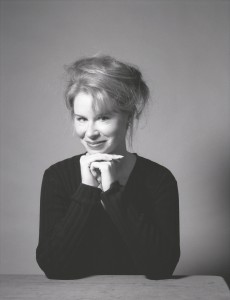 The Organ in
The Organ in
Jewish Culture
Två föreläsningar på engelska av Tina Frühauf
Fil dr Tina Fruhauf är musikvetare,författare och professionell organist. Hon undervisar på Columbia University, New York och disputerade på avhandlingen The Organ and Its Music in German-Jewish Culture, Oxford University Press, 2009/2012 (tyska 2005).
http://www.tinafruehauf.com/bio.html
Tisdag den 26 maj 2015 kl 18:00 fri entré
Föreläsning för alla intresserade. Förhandsanmälan john.gradowski@jfst.se
Judiska Församlingens Sessionssal, Wahrendorffsgatan 3, Stockholm
This presentation traces the history of the organ from Jewish imagination (that is in iconography and writings) in the late Middle Ages/Renaissance to its frequent appearance in synagogues beginning in the 19th century. When quarrels broke out over its use in liturgy, the organ became a symbol of the division of the Jewish community into Orthodox and Reform. During this time a novel repertoire for synagogue organ emerged as well, whose most important exponent was Louis Lewandowski. He and other seminal composers heard in Wednesdays concert are discussed.
Onsdag den 27 maj 2015 kl 14:00 fri entré
För kyrkomusiker, körledare, musikvetare och specialintresserade
Judiska Församlingens Sessionssal, Wahrendorffsgatan 3, Stockholm. Förhandsanmälan john.gradowski@jfst.se
Part 1 The Organ in Jewish Culture – see above.
Part 2 The Jewish Contribution to (Post)Romantic Organ Music
When the organ became a steady component of liberal synagogues in 19th-century Europe, composers began to create a unique repertoire for the instrument, both for worship and concert. Louis Lewandowski was among the first to synthesize synagogue song with the Protestant chorale prelude in his organ compositions. This lecture gives an overview of the repertoire that emerged throughout the Romantic era and beyond. It details the achievements of Lewandowski and discusses works by Joseph Sulzer, David Nowakowski, Ernst August Beyer, Arno Nadel, and Hans Samuel—all featured in the subsequent concert.
